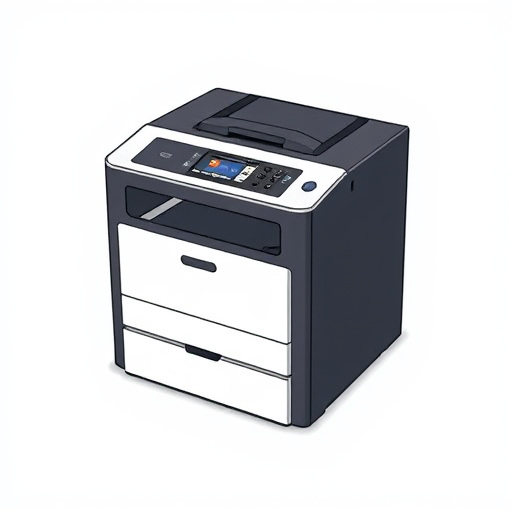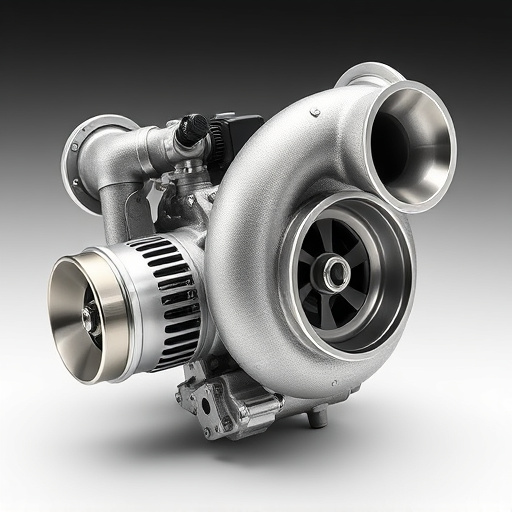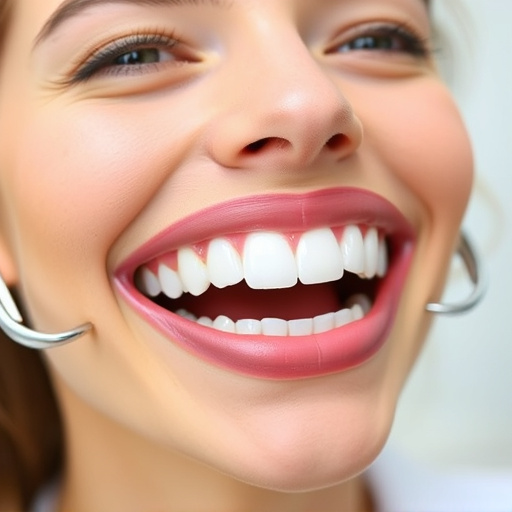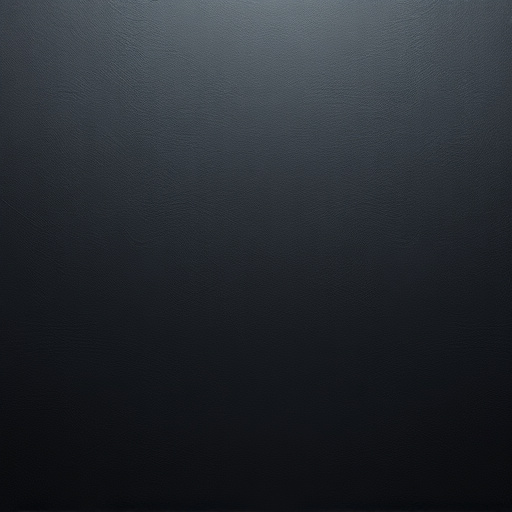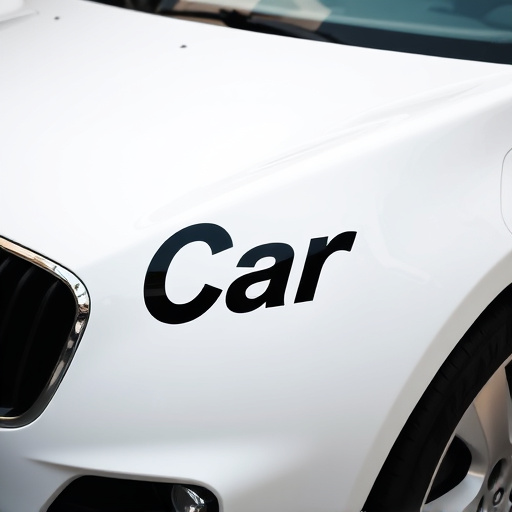Boat wrap installation requires understanding material options—gloss, matte, or textured finishes—based on aesthetics and protection needs. Professional installations with protective films offer maximum protection and design flexibility. Key steps include meticulous preparation, primer application, even distribution of wraps, and proper curing. Regular maintenance ensures long-lasting protective capabilities.
“Elevate your boat’s aesthetics with a professional-grade boat wrap installation—a popular trend among boaters seeking customization and protection. This guide delves into the world of marine wraps, exploring the nuances of gloss, matte, and textured finishes. From understanding material characteristics to mastering application techniques, we equip you with knowledge for achieving optimal results. Learn how proper preparation, curing, and maintenance ensure your boat wrap retains its stunning finish, enhancing both performance and style in the water.”
- Understanding Boat Wrap Materials: Gloss vs Matte vs Textured
- Preparation and Application Techniques for Optimal Results
- Curing and Maintaining Your Boat Wrap Finish
Understanding Boat Wrap Materials: Gloss vs Matte vs Textured
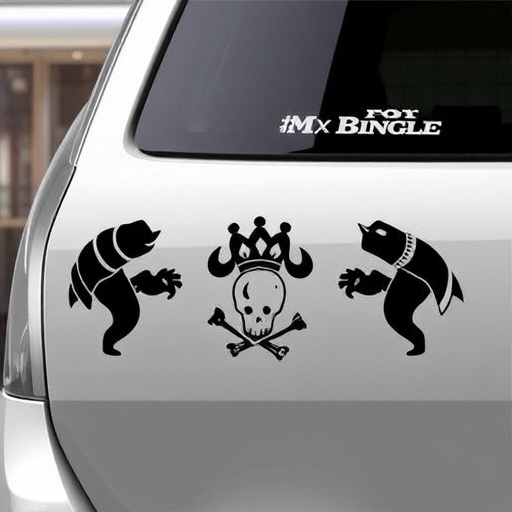
When it comes to boat wrap installation, understanding the material options is key to achieving a stunning finish that protects your vessel. The three primary finishes available are gloss, matte, and textured. Each offers distinct visual and protective benefits. Gloss wraps provide a high-shine appearance, reflecting light dramatically and creating a sleek, modern look. However, they are more susceptible to showing off scratches and swirls compared to matte or textured finishes. Matte wraps offer a flat, non-reflective surface that minimizes the visibility of imperfections, giving a subtle, elegant touch. They’re ideal for boaters who prioritize low maintenance and a unique aesthetic. Textured wraps, featuring intricate patterns and unique textures, provide the most durability against environmental factors like UV rays and physical impacts. They offer a distinctive visual appeal, but may require more frequent reapplication to maintain their initial look.
Choosing between gloss, matte, or textured depends on your personal preference, budget, and the level of maintenance you’re comfortable with. For those seeking maximum protection and a wide range of design possibilities, professional vehicle wraps (a.k.a. paint correction) incorporating protective films can be an excellent investment. Similarly, proper boat wrap installation should consider the benefits of these finishes to ensure a high-quality, long-lasting result that compliments your vessel’s unique style while safeguarding its surface from the elements.
Preparation and Application Techniques for Optimal Results
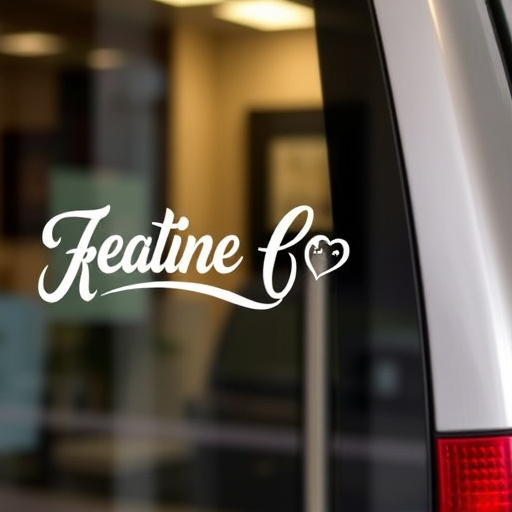
The success of any boat wrap installation hinges on thorough preparation and precise application techniques. Before beginning, ensure the surface is clean, free from grease, dirt, and debris. This involves meticulously washing and decontaminating the boat’s exterior to create a smooth base for the wrap. A key step is applying a primer designed specifically for boat wraps; this adheres better to raw surfaces and enhances the durability of subsequent layers.
When applying the wrap material, use professional tools like air guns or roller applicators for even distribution. For optimal results, maintain consistent pressure and overlap joints by 3-5% to ensure seamless coverage. The choice between gloss, matte, or textured finishes depends on personal preference and protection needs. High-quality finishes, be it ceramic window tinting or protective coatings, offer added UV resistance and enhanced aesthetics, ensuring the wrap not only looks great but also stands the test of time against environmental factors.
Curing and Maintaining Your Boat Wrap Finish
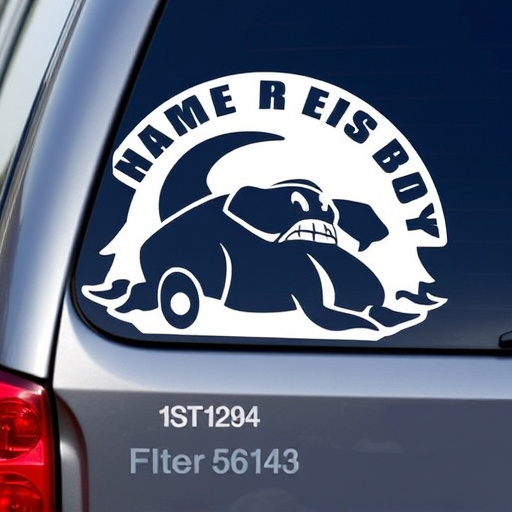
After a successful boat wrap installation, proper curing is essential to ensure optimal performance and longevity of your new finish. The curing process allows the protective film to set, hardening and strengthening its bond with the boat’s surface. This typically involves time and environmental conditions—avoid applying pressure or exposing the wrap to extreme heat or cold immediately after installation. Most high-quality finishes will have specific curing guidelines, so always refer to the manufacturer’s instructions for the best results.
Regular maintenance is equally vital to preserve your boat wrap’s glossy, matte, or textured finish. This includes frequent washes with marine-specific cleaning products and soft cloths, as well as timely repairs for any scratches or chips. Protecting your boat wrap from harsh UV rays by parking it in a shaded area or using a cover can also significantly extend its lifespan. Like any vehicle enhancement, regular upkeep ensures that your boat wrap installation retains its aesthetic appeal and protective capabilities for years to come, reflecting the quality of your initial investment.
Boat wrap installation offers a versatile way to transform your vessel’s exterior, with finishes like gloss, matte, or textured options. By understanding material choices, preparing surfaces thoroughly, and employing proper application techniques, you can achieve exceptional results. Effective curing and ongoing maintenance ensure your boat wrap retains its stunning finish, enhancing both the aesthetics and protection of your boat. Whether you opt for a glossy shine, a subtle matte look, or a unique textured effect, a professional boat wrap installation will elevate your watercraft’s style and durability.
